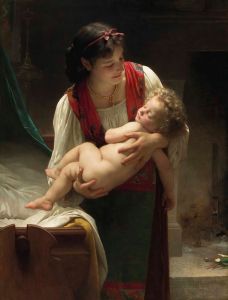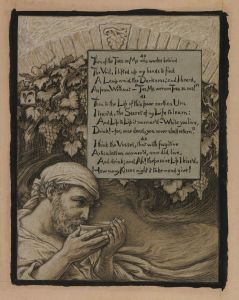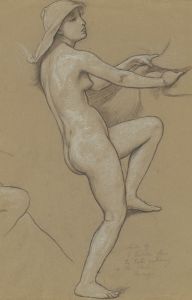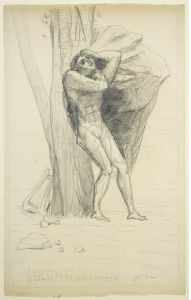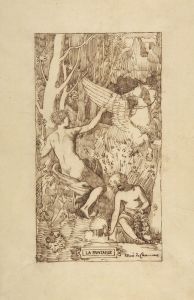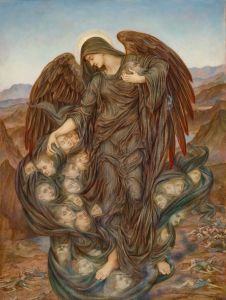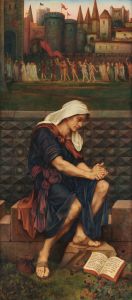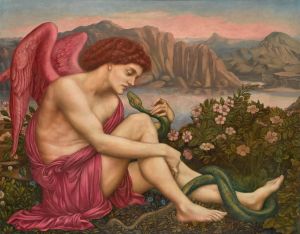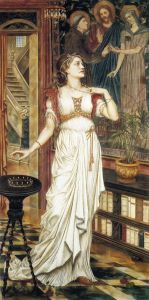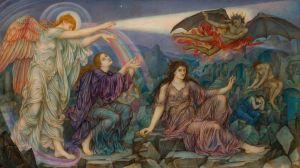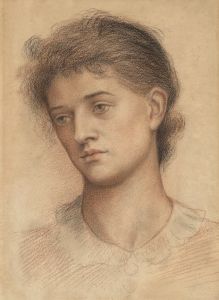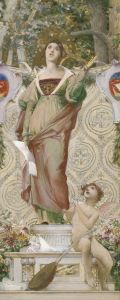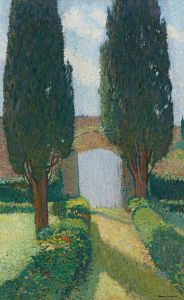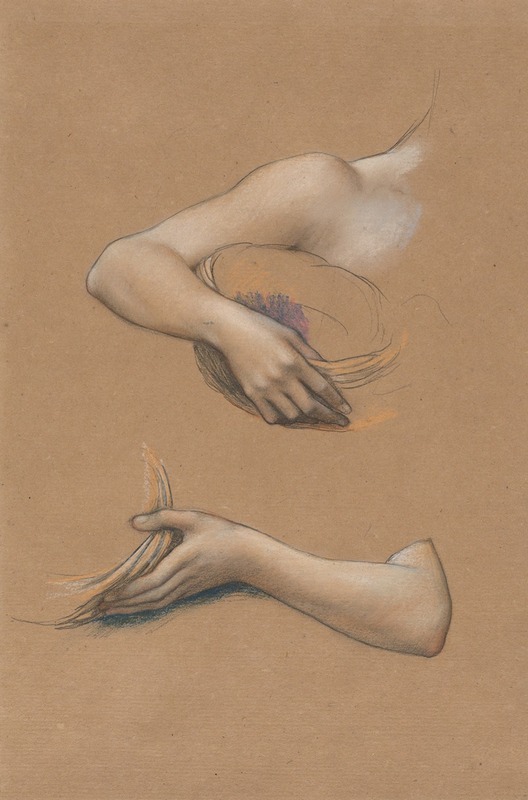
Study of Arms for ‘The Cadence of Autumn’
A hand-painted replica of Evelyn De Morgan’s masterpiece Study of Arms for ‘The Cadence of Autumn’, meticulously crafted by professional artists to capture the true essence of the original. Each piece is created with museum-quality canvas and rare mineral pigments, carefully painted by experienced artists with delicate brushstrokes and rich, layered colors to perfectly recreate the texture of the original artwork. Unlike machine-printed reproductions, this hand-painted version brings the painting to life, infused with the artist’s emotions and skill in every stroke. Whether for personal collection or home decoration, it instantly elevates the artistic atmosphere of any space.
Evelyn De Morgan, an eminent English painter associated with the Pre-Raphaelite movement, is celebrated for her allegorical and symbolic works that often explore themes of spirituality, mythology, and the human condition. One of her notable studies, "Study of Arms for ‘The Cadence of Autumn’," showcases her meticulous attention to detail and her commitment to the preparatory process in creating her larger compositions.
Evelyn De Morgan was born on August 30, 1855, in London, into a family that encouraged her artistic pursuits. She received formal training at the Slade School of Fine Art, where she honed her skills in drawing and painting. Her work is characterized by a rich use of color, intricate detail, and a deep engagement with symbolic and allegorical themes.
"Study of Arms for ‘The Cadence of Autumn’" is a preparatory drawing that De Morgan created as part of her process for a larger painting. This study focuses specifically on the depiction of arms, highlighting her dedication to capturing the human form with precision and grace. Such studies were common practice among artists of her time, allowing them to experiment with composition, anatomy, and the interplay of light and shadow before committing to the final work.
The study likely served as a foundational element for "The Cadence of Autumn," a painting that, while not as widely documented as some of her other works, presumably embodies the thematic concerns typical of De Morgan's oeuvre. Her paintings often reflect a fascination with the passage of time, the cycles of nature, and the transition between life and death, themes that are suggested by the title "The Cadence of Autumn."
De Morgan's work is deeply influenced by her interest in spiritualism and theosophy, movements that sought to explore the mystical and transcendental aspects of existence. This influence is evident in her art, which frequently incorporates ethereal figures, symbolic motifs, and a sense of otherworldliness. Her studies, such as the "Study of Arms," demonstrate her commitment to achieving a harmonious balance between technical skill and thematic depth.
Throughout her career, Evelyn De Morgan remained dedicated to her artistic vision, producing a body of work that continues to be celebrated for its beauty and complexity. Her studies, including those for "The Cadence of Autumn," offer insight into her creative process and her ability to translate intricate ideas into visual form.
Evelyn De Morgan passed away on May 2, 1919, but her legacy endures through her contributions to the Pre-Raphaelite movement and her influence on subsequent generations of artists. Her works are preserved in various collections, including the De Morgan Foundation, which is dedicated to the study and exhibition of her art and that of her husband, the ceramicist William De Morgan.
In summary, "Study of Arms for ‘The Cadence of Autumn’" exemplifies Evelyn De Morgan's artistic process and her commitment to exploring profound themes through her art. While specific details about the final painting may be limited, the study itself stands as a testament to her skill and her enduring impact on the art world.





